Soil, Fixes & Fertilizers
Knowing how soil affects plant growth is important to growing a successful garden. Healthy soil means healthy plants. That said, it helps to learn about the different types of soil textures and how each can affect the garden. In addition, knowing about the various types of fertilizers for soil enhancement can help you learn how to improve soil health for growing healthy, happy plants. In the pages that follow, you will find numerous types of fertilizers to improve soil health and everything you need to know about the different types of soil.
-
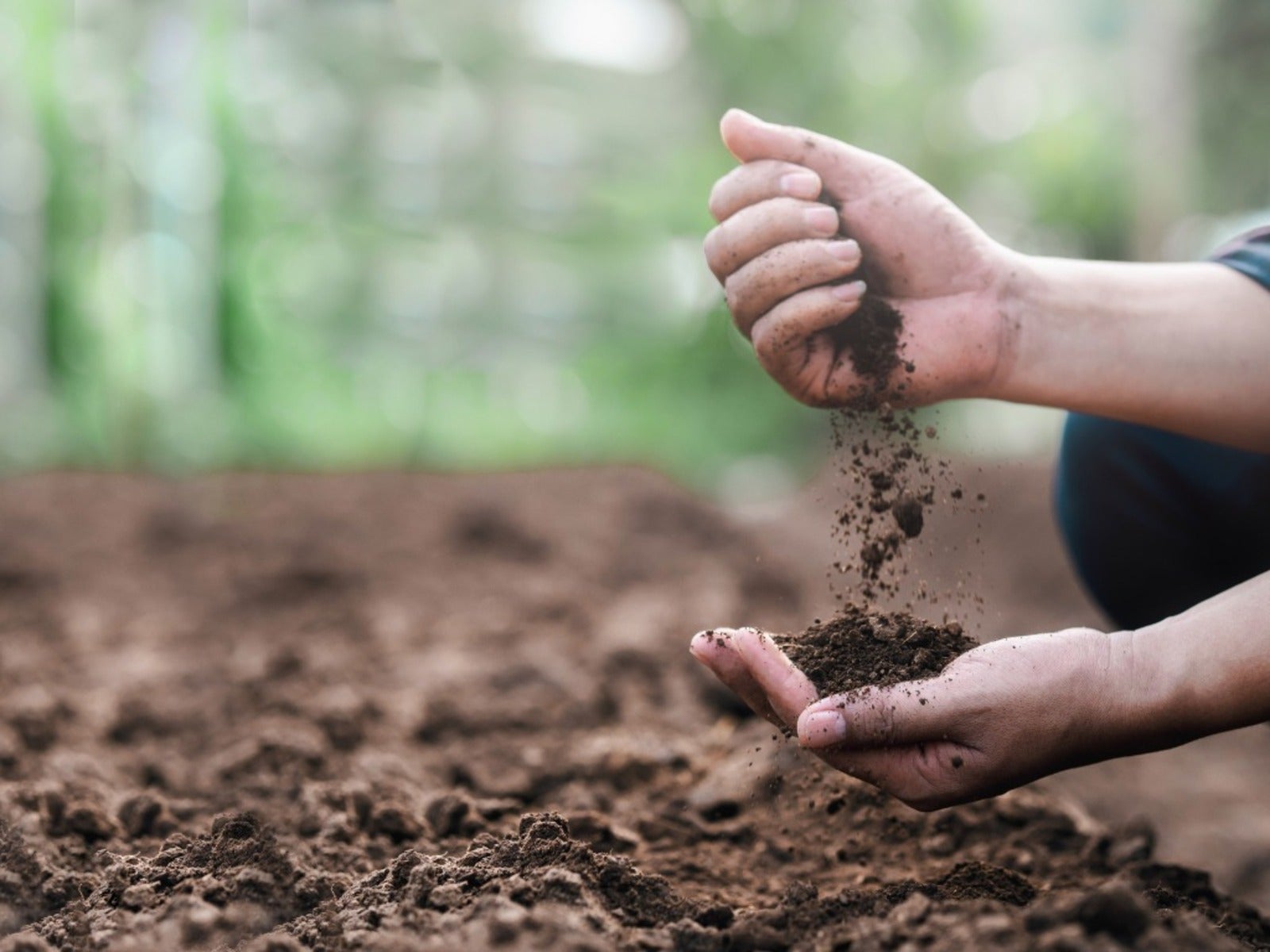
Soil Conservation Guide – Everything You Need To Know
Soil is the lifeblood of our planet and we need to keep it healthy and fertile. Learn more about soil conservation.
By Teo Spengler
-

What Is Soil Made Of?
Finding the right soil is one of the most important factors in growing healthy plants. So what is soil made of? Click here to find out.
By Nikki Tilley
-
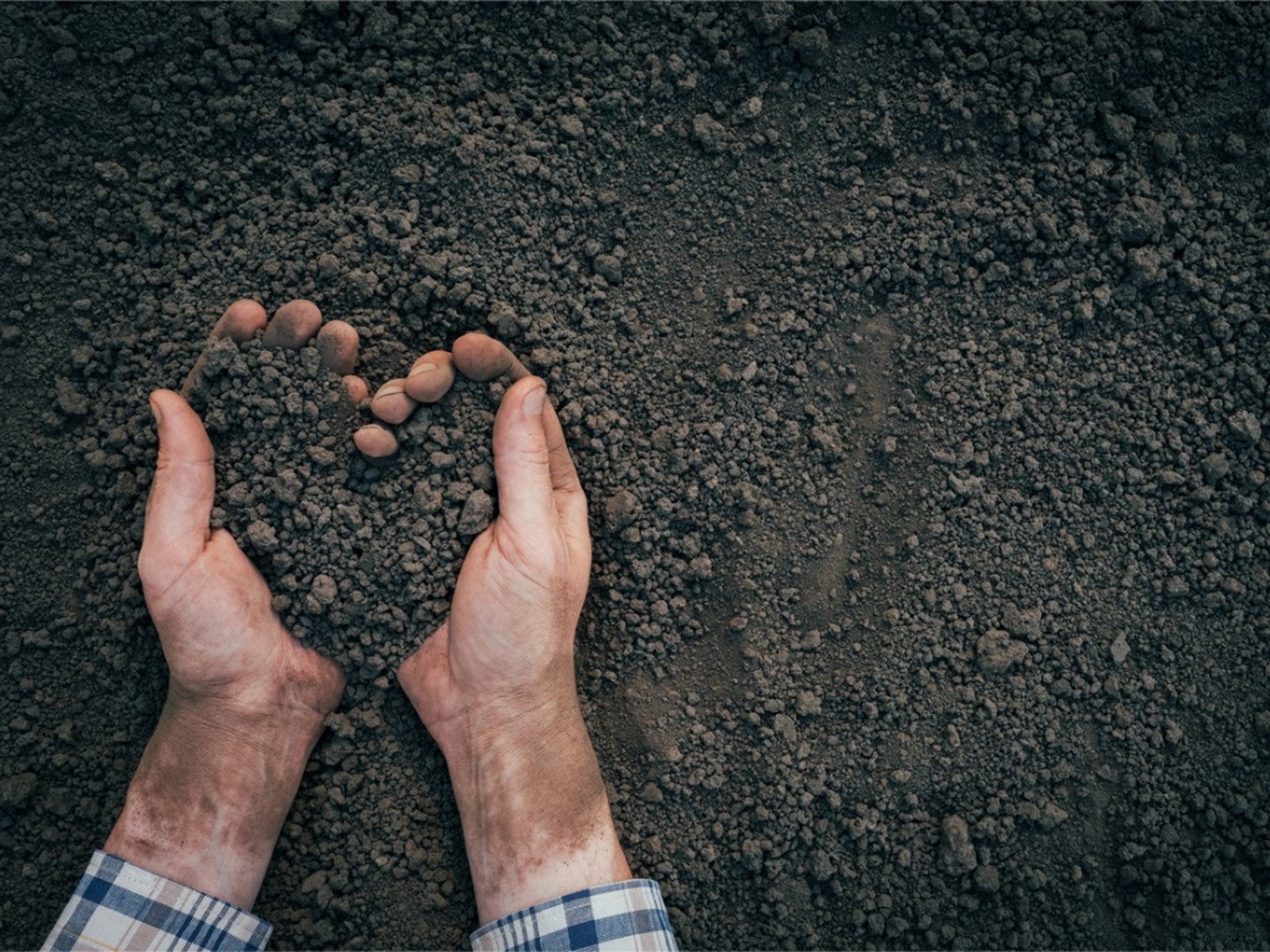
Improving Soil Quality: How To Condition Soil For Better Plant Growth
Improving soil quality is an essential part of gardening. Soil conditioner is a great way to accomplish this. Learn more here.
By Ilana Goldowitz Jimenez
-
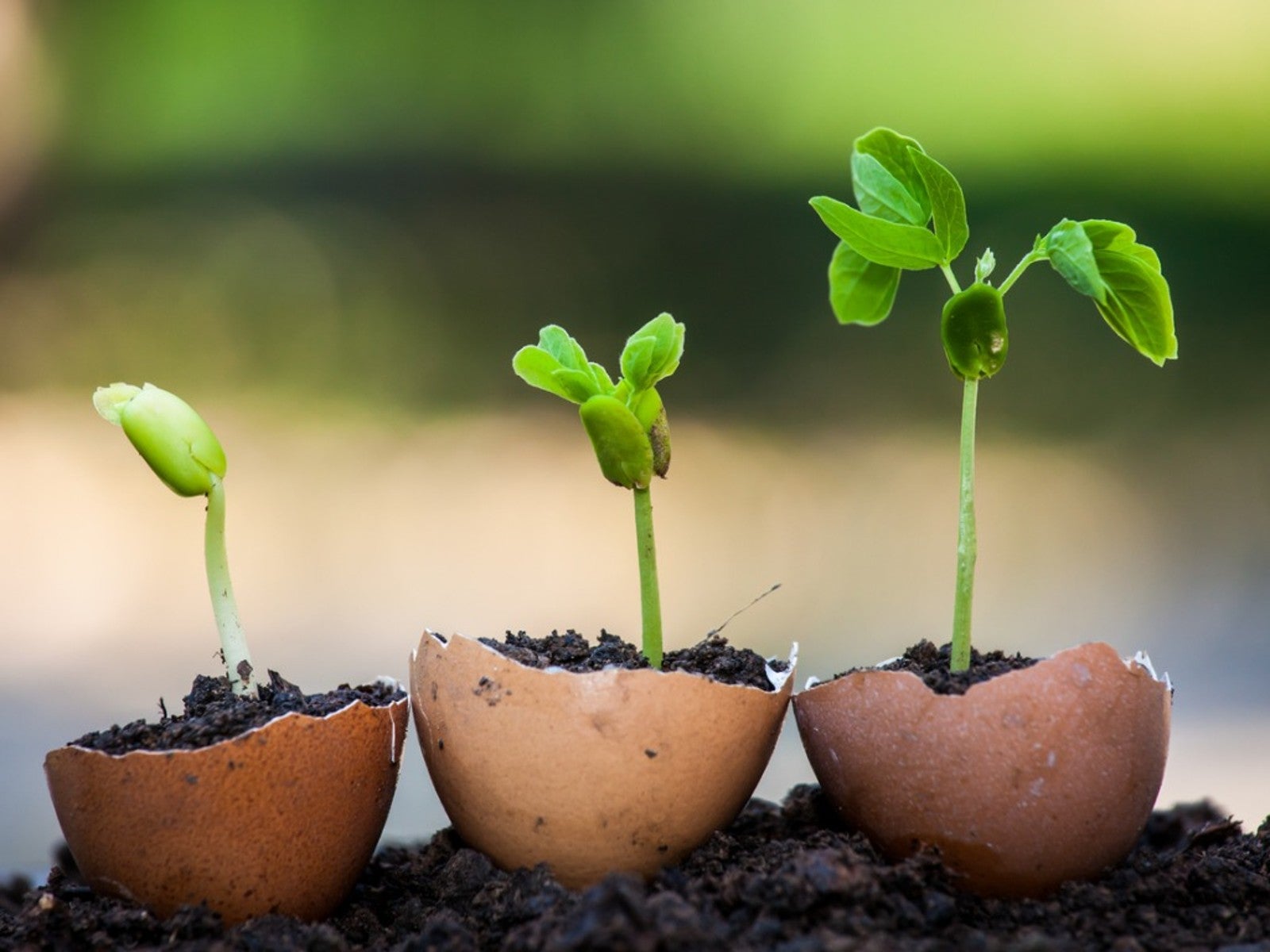
No Waste Kitchen Garden: Homemade Plant Food
Did you know you can fertilize your plants with things around your house? Read on to learn how to make easy homemade plant food.
By Armen Adamjan
-
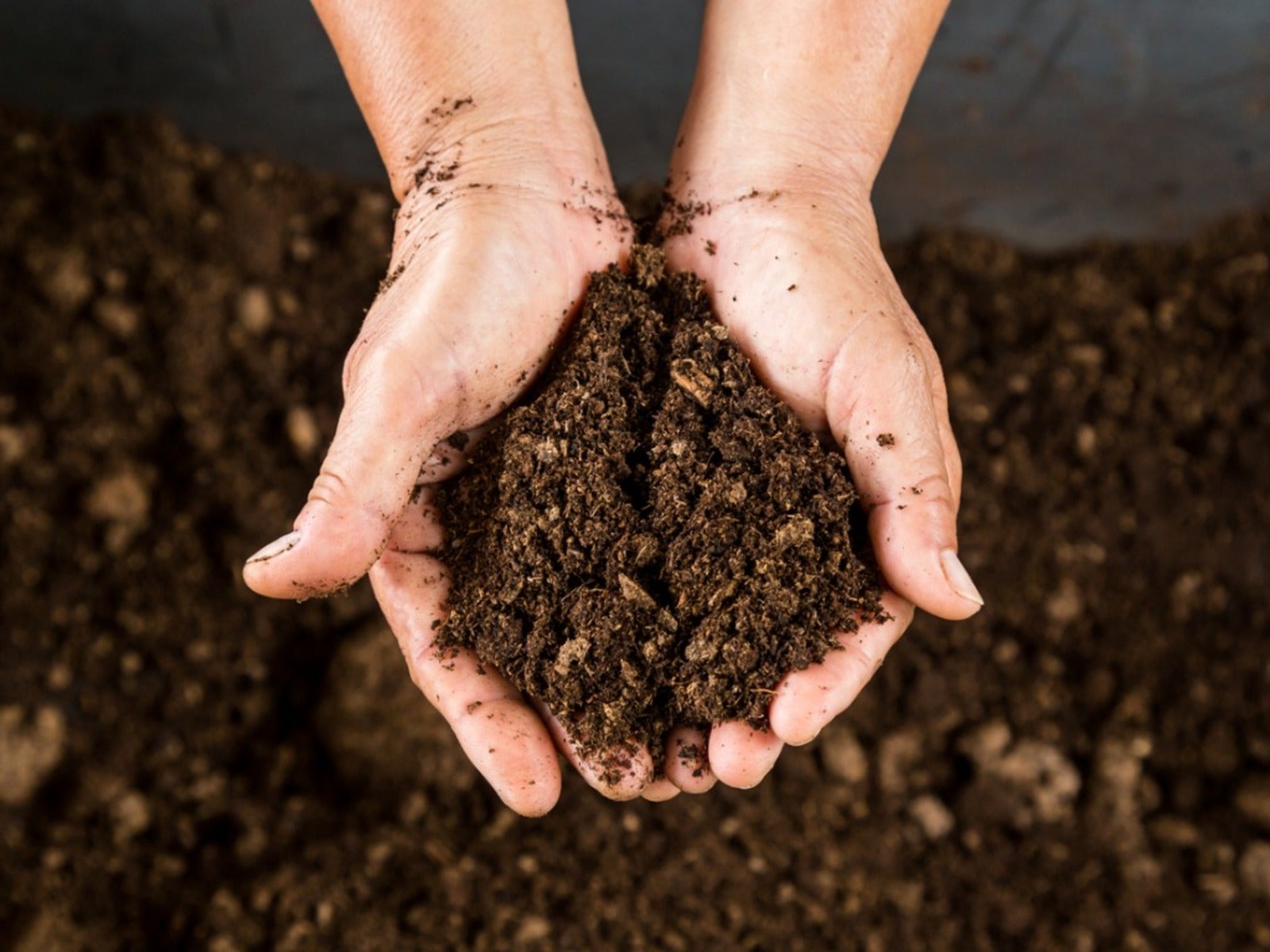
How To Determine Soil Texture By Feel
Here’s a simple guide to get a read on your soil texture using your hands rather than sending for a soil test. It’s easy.
By Teo Spengler
-
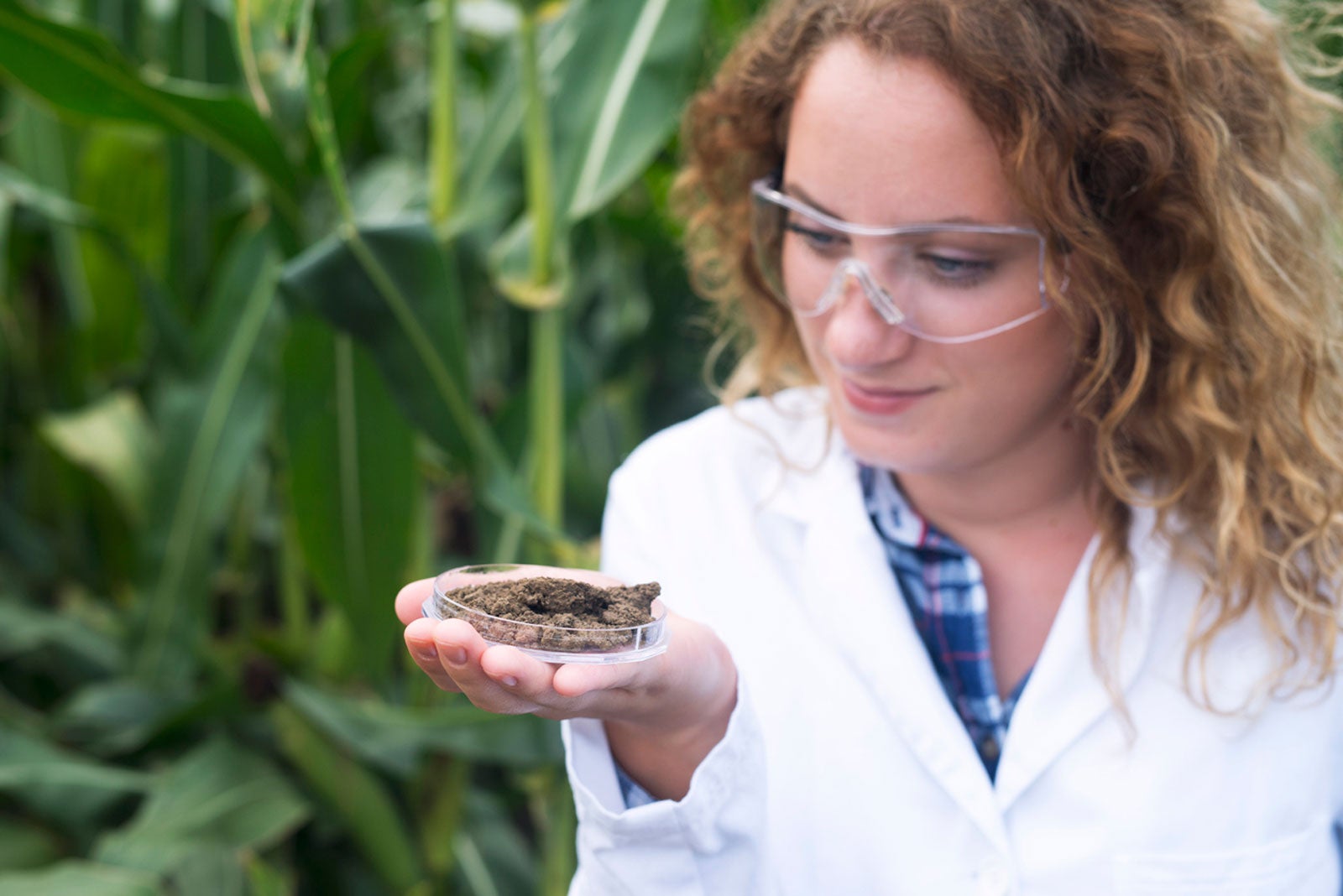
Microbes In The Soil – How Do Soil Microbes Affect Nutrients
Learning more about the role of microbes in the soil is just one way to increase the overall health of the garden. But, can plants benefit from soil microbes? Learn more about soil microbes and nutrients in this article. Click here for more information.
By Tonya Barnett
-
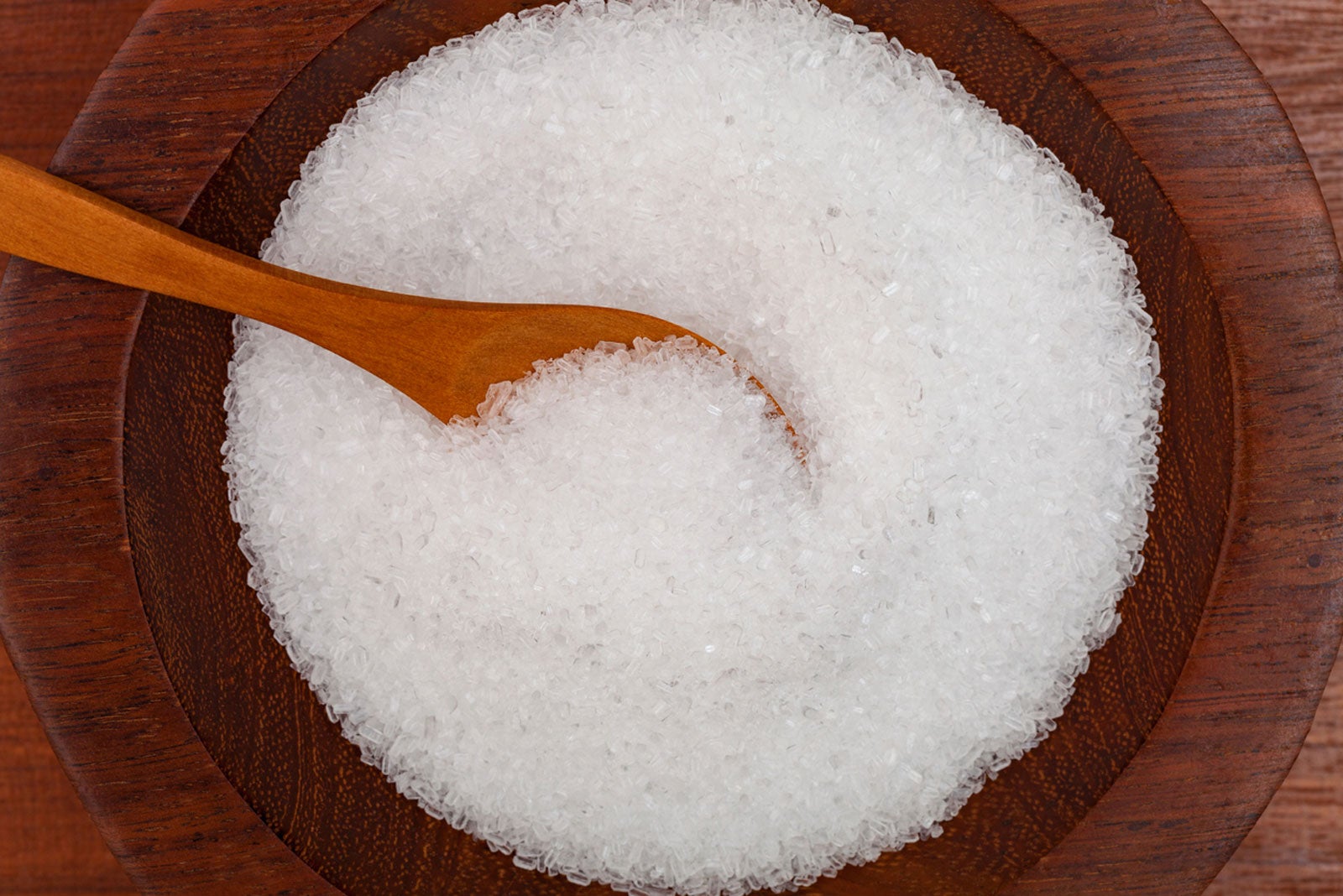
Information About Using Epsom Salts For Plants
Epsom salts may help certain plants by boosting other needed nutrients, but its best quality is the magnesium it contributes. Click for more.
By Nikki Tilley
-
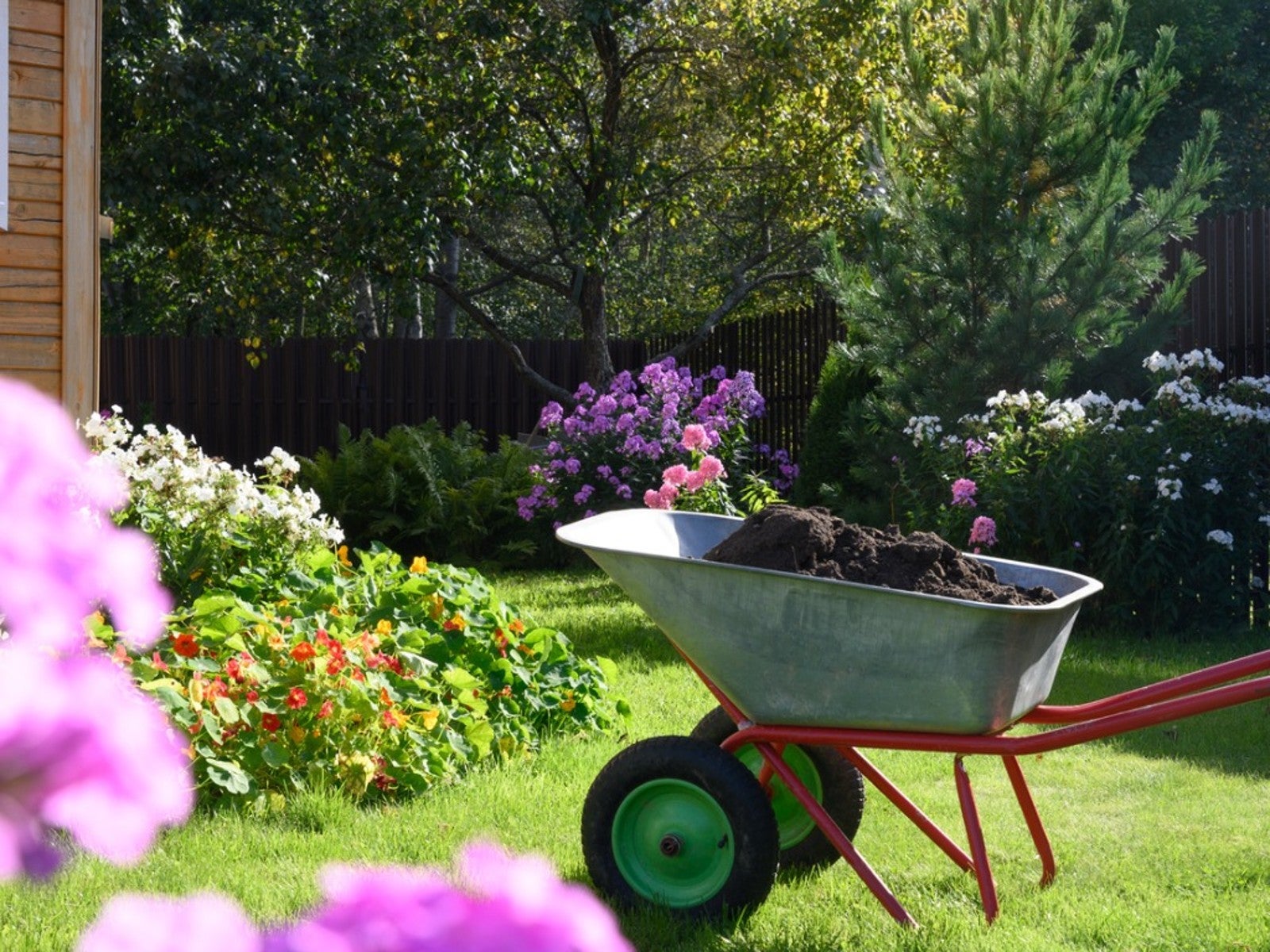
How To Amend Soil Around Existing Plants
Your plants will love these amendments. Learn how to fix the soil in your garden bed without starting from scratch.
By Mary Ellen Ellis
-
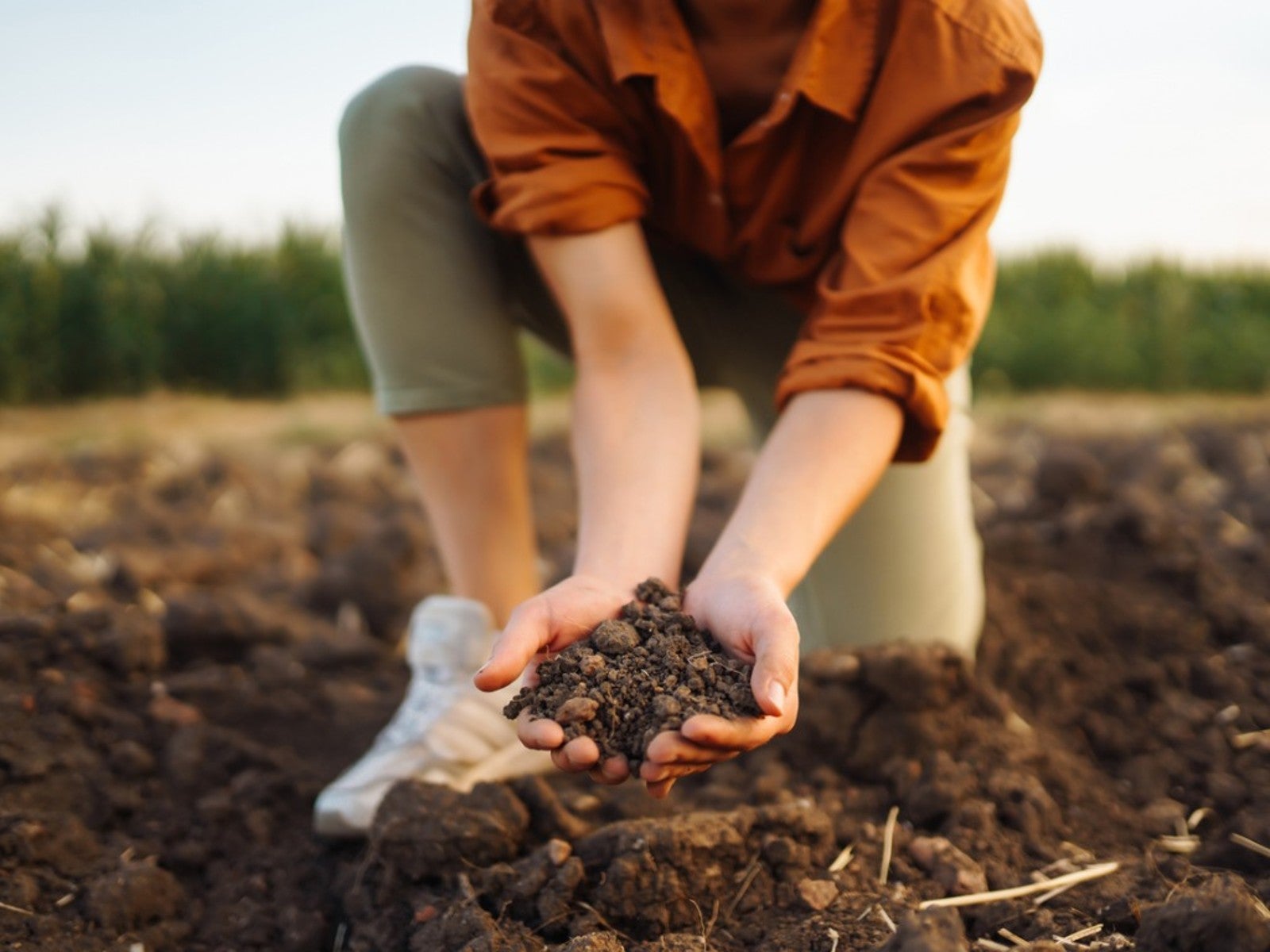
What Is Silt And How Does It Impact Soil
What is silt? Learn the differences among silt, clay and sand, and how silt contributes to plant fertility.
By Laura Miller
-
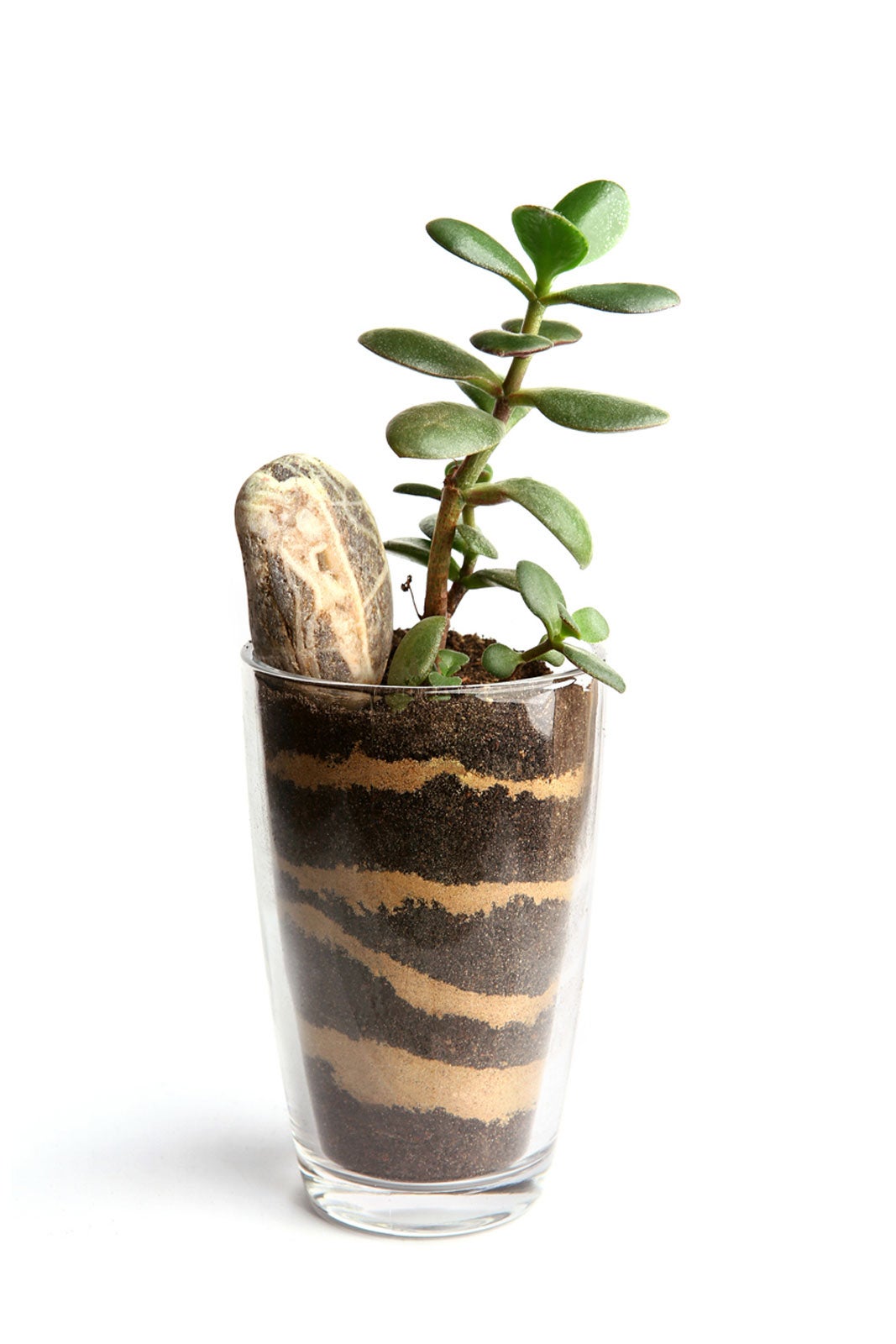
What Is Horticultural Sand: How To Use Sand For Plants
Horticultural sand for plants serves one basic purpose, it improves soil drainage. This is critical for healthy plant growth. For information about and to learn when to use horticultural sand, click on the following article.
By Mary H. Dyer
-
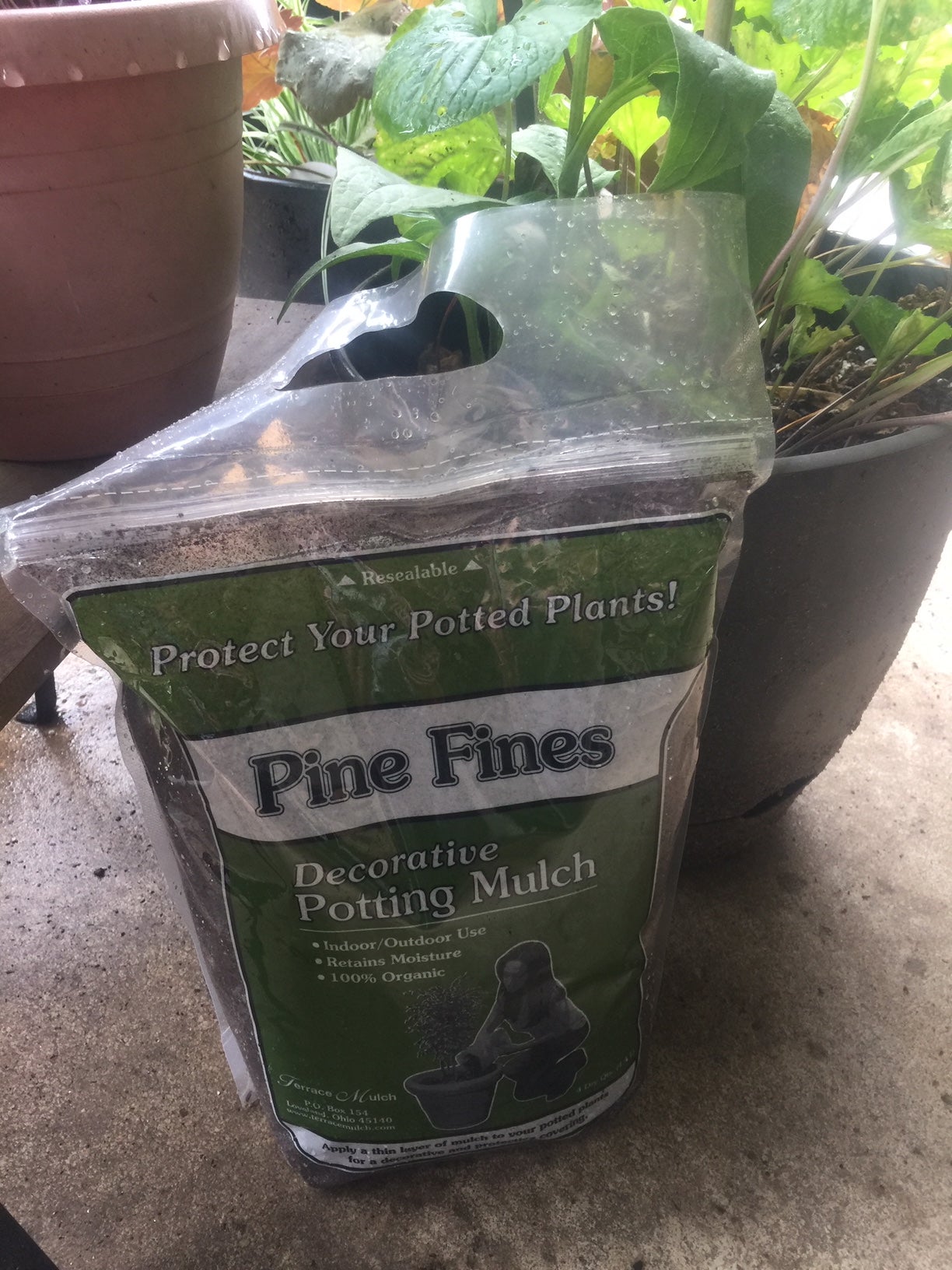
What Are Pine Fines – How To Use Pine Fines With Your Soil
Whether caused by a lack of nutrients or poor drainage, in most cases, various amendments, like that of pine fines, are needed as increase the chances of healthy crops and bountiful harvests. So, what are pine fines? Click here to learn more.
By Tonya Barnett
-
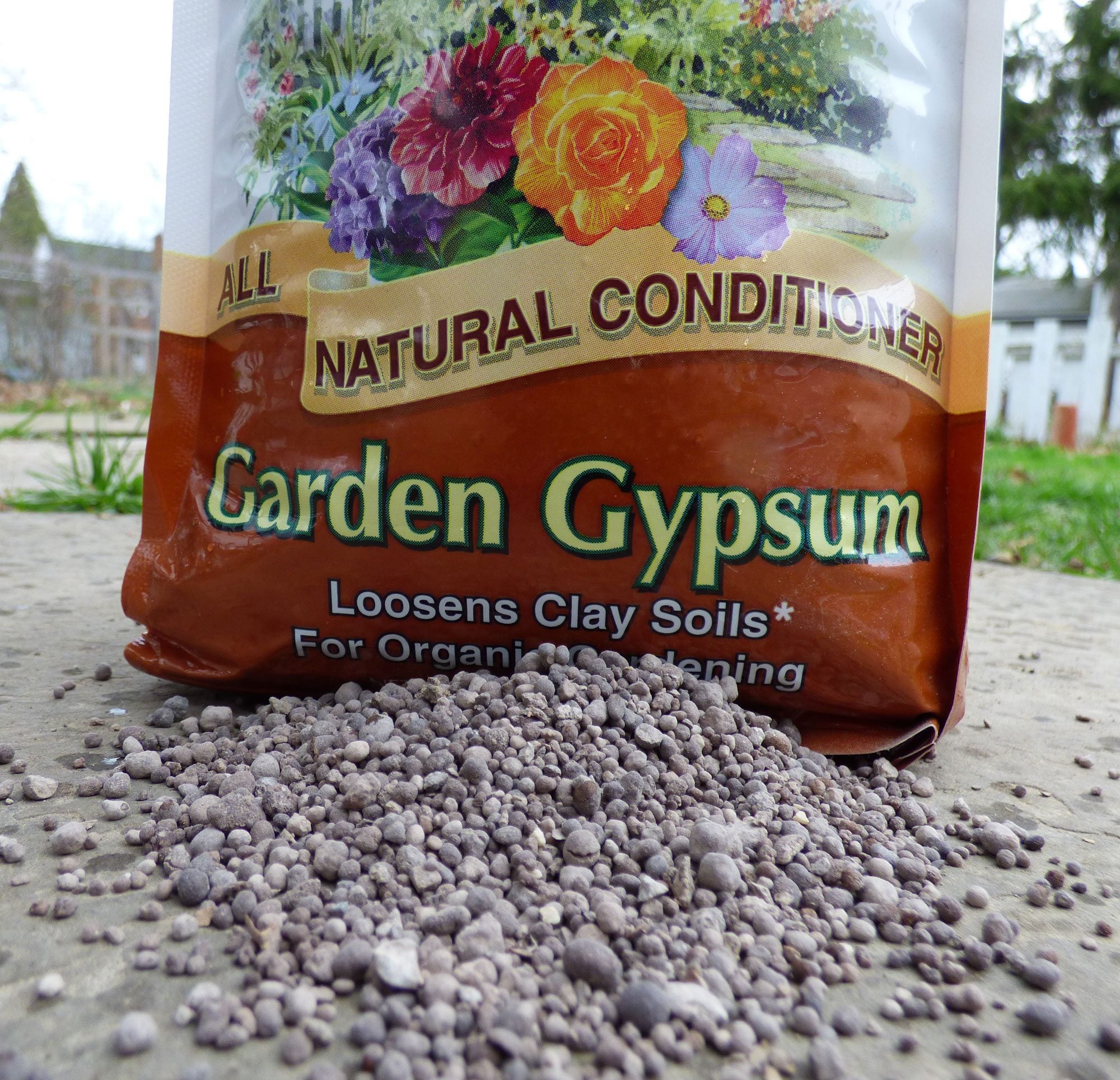
What Is Gypsum: Using Gypsum For Garden Tilth
Gypsum will not loosen your soil, even though some gardeners are under the impression that this is one of the primary uses of gypsum. What is gypsum? Read this article for important garden gypsum information.
By Bonnie L. Grant
-
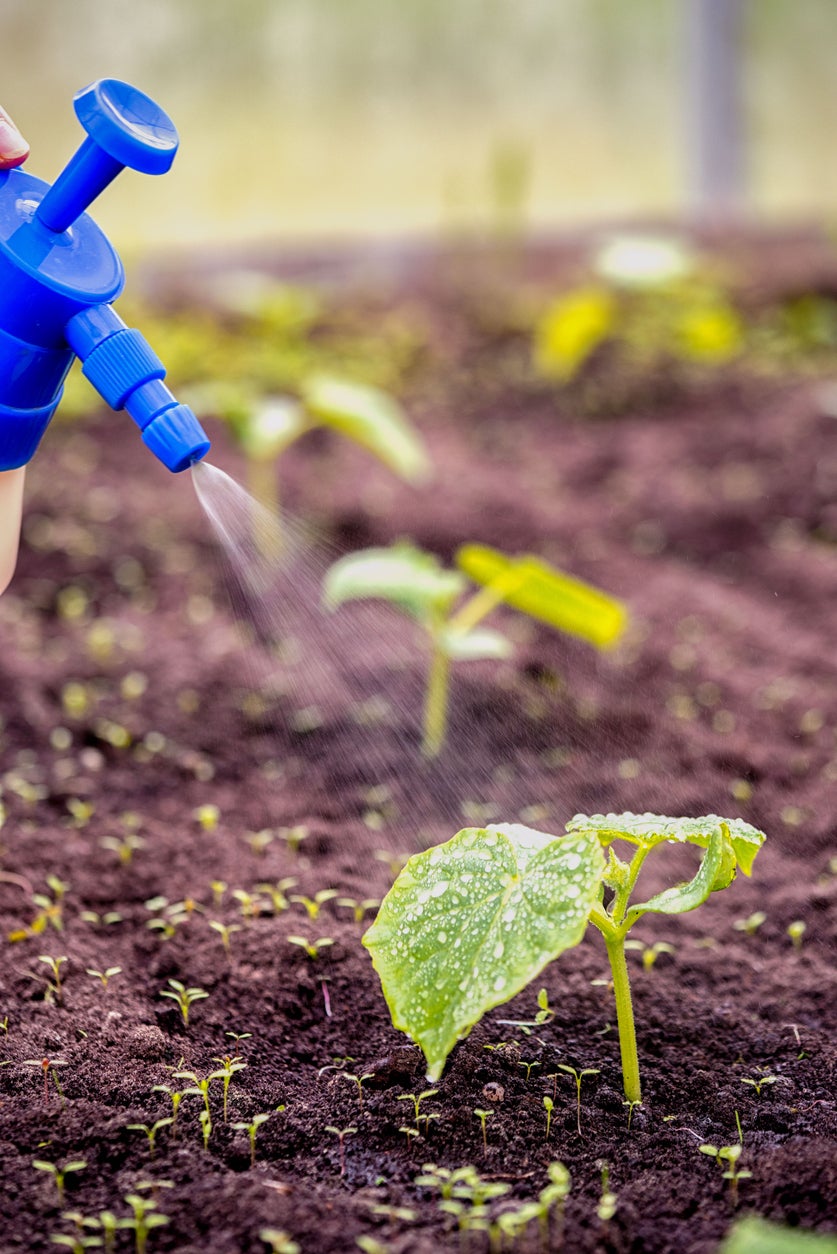
Calcium Nitrate Fertilizer – What Does Calcium Nitrate Do For Plants
Calcium nitrate fertilizer is the only water soluble source of calcium available for plants. What is calcium nitrate? It works both as a fertilizer and for disease control. Click here to learn how to use calcium nitrate and decide if it will be useful for you in your garden.
By Bonnie L. Grant
-

Information On Chloride And Plant Growth
One of the most recent additions to the list of micronutrients is chloride. In plants, chloride has been shown to be an important element for growth and health. Learn more about chloride in this article.
By Jackie Rhoades
-
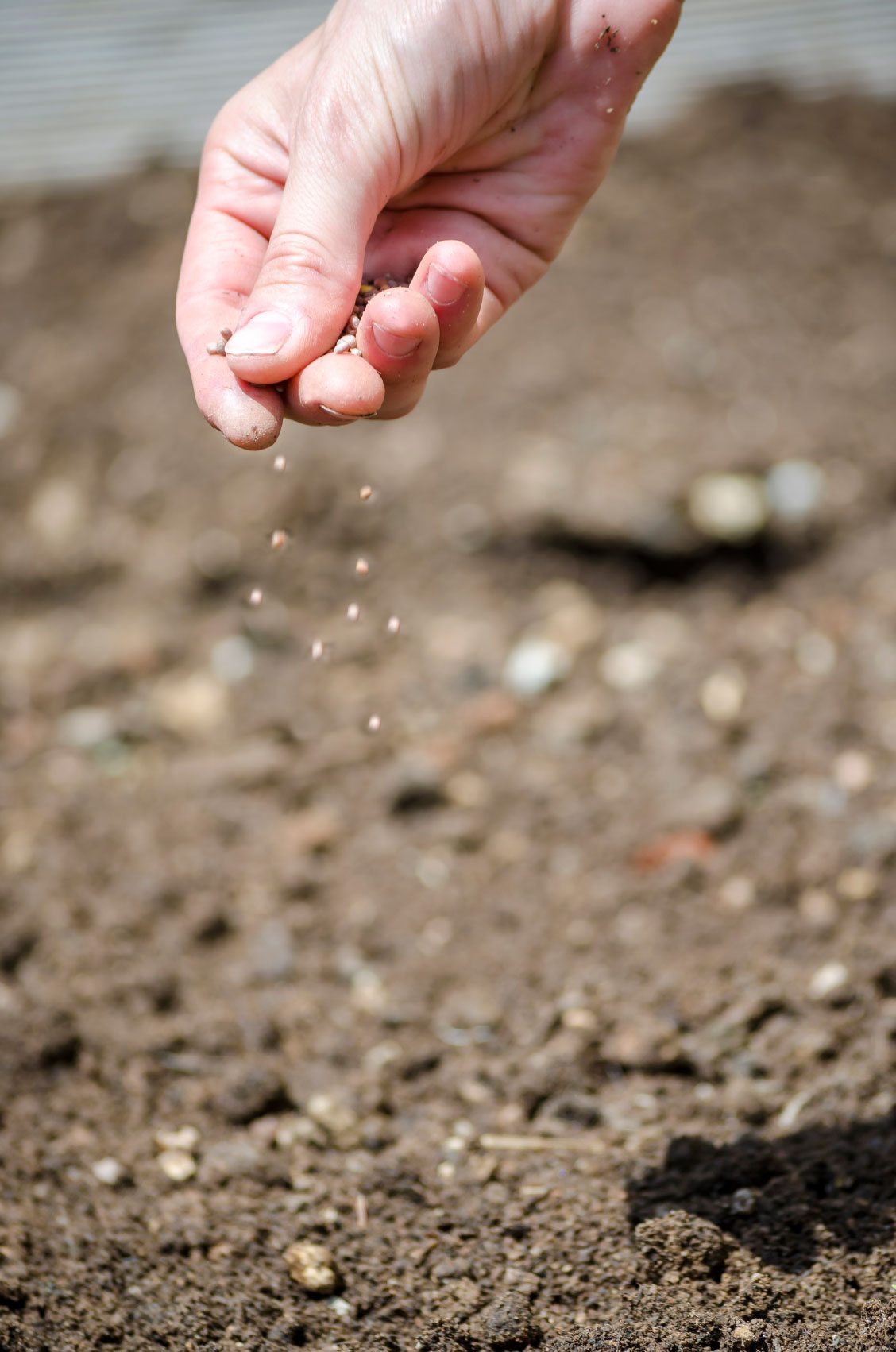
What Is Side Dressing: What To Use For Side Dressing Crops And Plants
The way you fertilize your garden plants affects the way they grow, and there is a surprising number of methods for getting fertilizer to a plant's roots, like side dressing. Read here for more info.
By Anne Baley
-
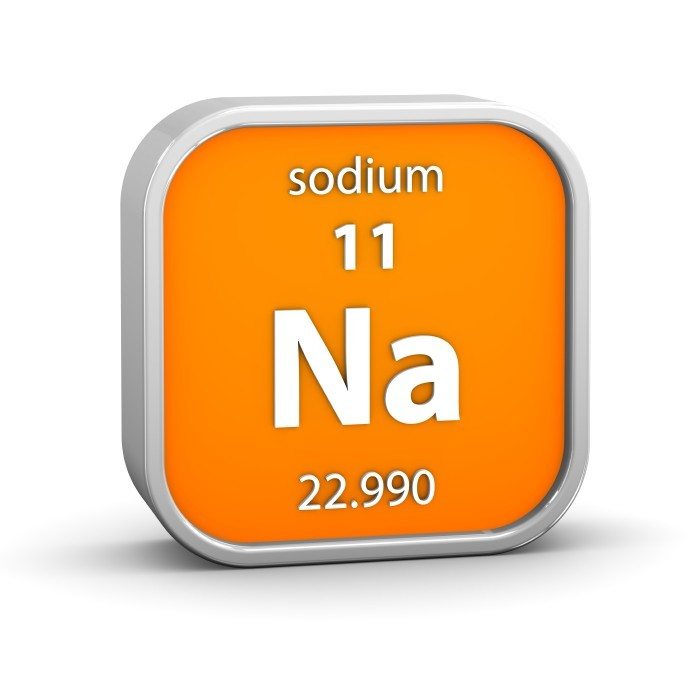
Sodium Tolerance Of Plants - What Are The Effects Of Sodium In Plants?
Soil provides sodium in plants. Excess sodium in the soil gets taken up by plant roots and can cause serious vitality problems in your garden. Learn more about sodium in plants in this article.
By Bonnie L. Grant
-
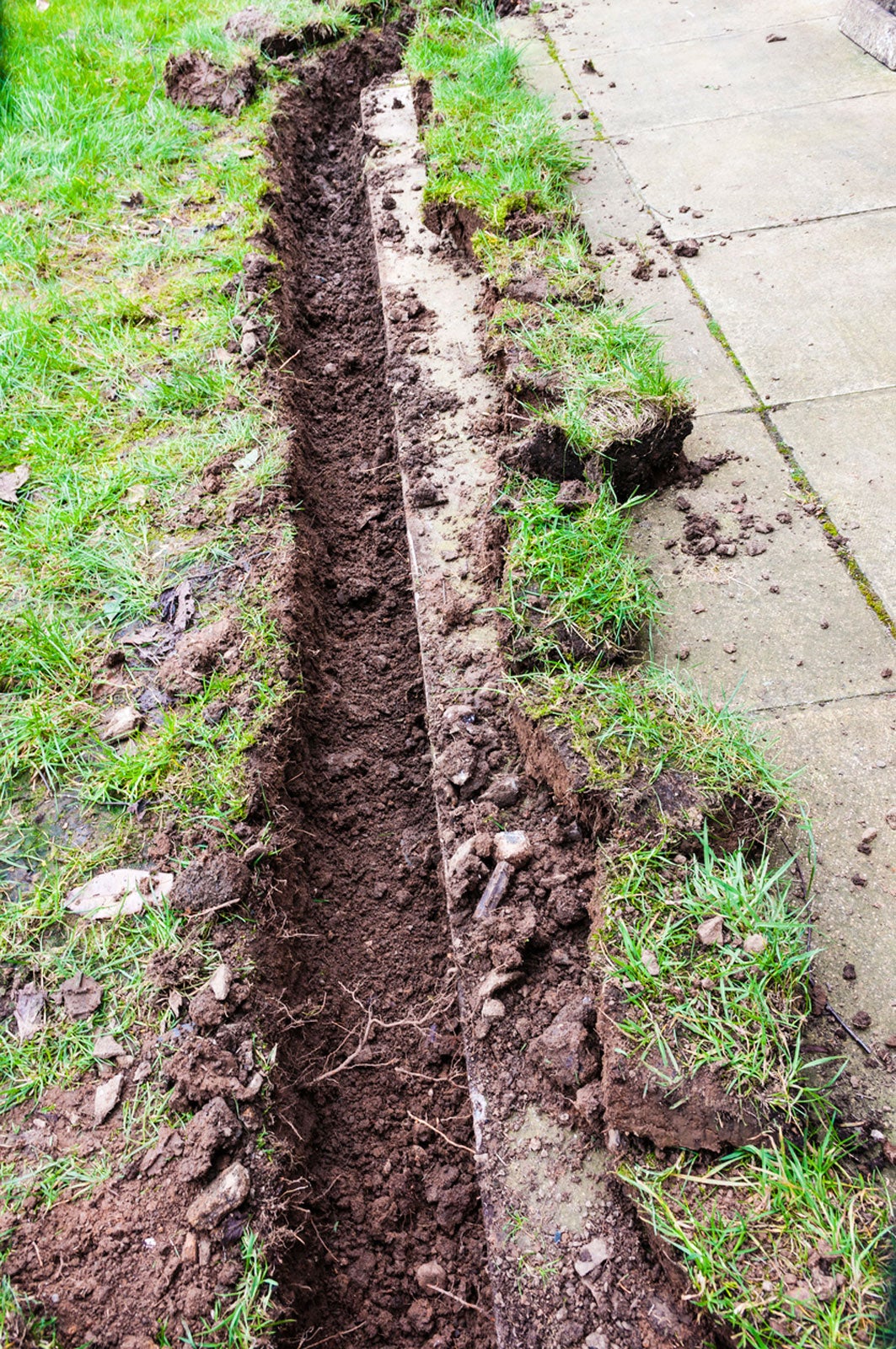
What Is A French Drain? Information On Installing French Drains In Landscapes
With careful planning, there are ways to divert water away from yards and homes. One common method is through the installation of a French drain – but what is a French drain? Click on the following article for information on building a French drain.
By Tonya Barnett

